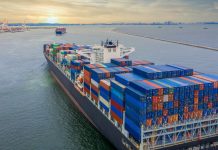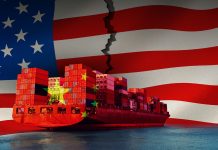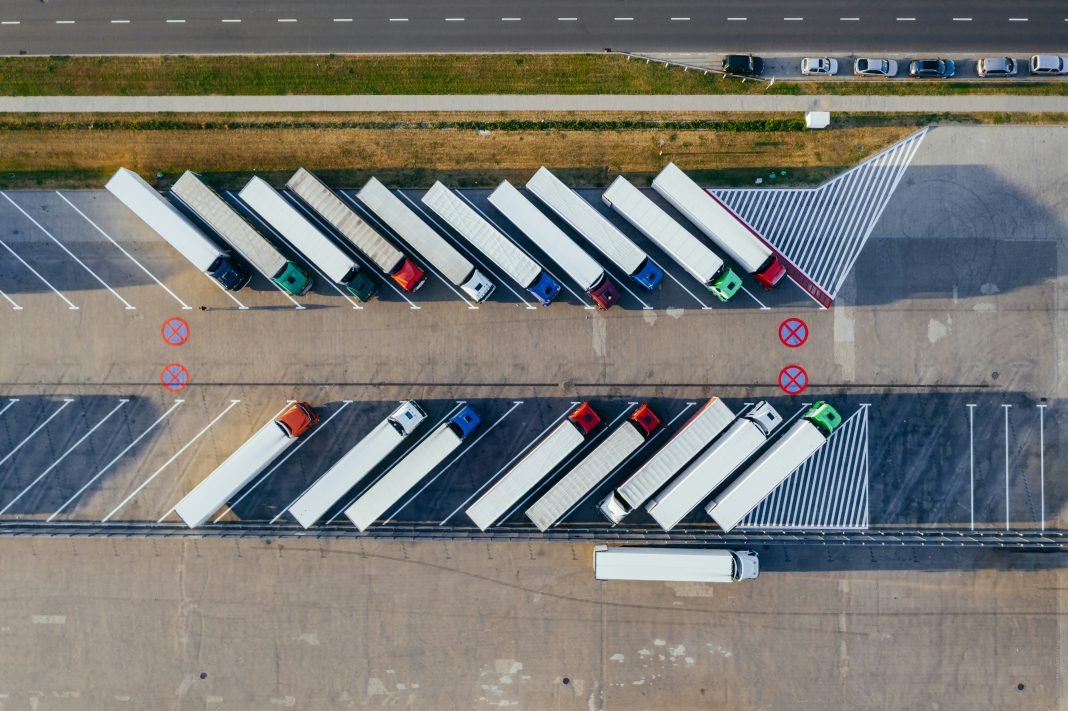There’s no doubt that AI is changing the way businesses operate across the globe, and the logistics sector is no exception. However, while some operators remain reluctant to integrate AI into daily workflows, in the realm of delivery route planning, it’s already proving to be a game-changer.
Through the use of AI, logistics firms now have the potential to optimise their last mile transportation and delivery processes, enhance the customer experience and streamline supply chain operations. And those who refuse to evolve and fully embrace this technology risk falling behind. In this article, Andrew Tavener, Head of Marketing at Descartes, explores the fundamentals of AI delivery route planning, its key benefits, operational mechanics, real-world applications, and future trends.
What is AI Delivery Route Planning?
Unlike traditional methods, which can quickly become outdated and overwhelmed in fast-paced logistics operations, AI is already enabling businesses to stay ahead of the curve by optimising their delivery processes and meeting the demands of their customers. This technology employs sophisticated algorithms to analyse various data points, including traffic patterns, delivery windows, and vehicle capacities, to determine the optimal routes for delivery vehicles. The result of this is that businesses significantly reduce wait times, travel time and fuel consumption while improving overall service levels.
Machine learning, a subset of AI, also plays a crucial role in delivery route planning. By continuously learning from historical data, AI algorithms can improve future deliveries. For instance, if a delivery truck regularly encounters unexpected delays at a particular customer’s site, the AI system can allow for a similar potential delay on the next delivery, recalibrating the route to ensure timely deliveries for other stops on the route. This dynamic adjustment capability not only enhances customer satisfaction but also reduces operational costs, making it an invaluable tool for logistics providers.
Key Benefits of AI Delivery Route Planning
Utilising AI in delivery route planning, coupled with machine learning, significantly enhances operational efficiency. It also improves delivery time accuracy and reduces operational costs. By harnessing advanced algorithms along with historic and real-time data, businesses can optimise delivery schedules and routes to increase delivery density and ensure that drivers take the most efficient paths. This not only expedites deliveries but also enables companies to serve more customers in a shorter timeframe, ultimately increasing productivity.
AI-driven technology can also help to minimise fuel consumption and wear and tear on vehicles, significantly reducing operational costs. AI provides better fleet management and delivery scheduling, enabling companies to allocate resources more effectively. This results in fewer vehicles on the road, reduced driver overtime, equitable driver workloads amongst drivers and an overall more streamlined operation. Another benefit of AI ensures timely and accurate deliveries. This means businesses can foster stronger relationships with their customers, leading to increased loyalty and repeat business.
How AI Route Planning Works
The process begins with data collection and analysis, where various factors are assessed, including historic traffic patterns, weather conditions, vehicle capacity, and delivery time windows. Machine learning analyses company-specific historical data and real-time information, enabling AI systems to create optimal routes tailored to specific delivery requirements. This significantly reduces travel times and operational costs, while ensuring accurate expected delivery times.
When selecting appropriate tools to support here, it is recommended to find AI route planning solutions that can seamlessly integrate with existing ERP systems. This compatibility allows businesses to enhance their operational capabilities without overhauling their current infrastructure. By connecting with ERP software, warehouse management systems (WMS) and Transport Management Systems (TMS), the right technology provider will help provide a holistic view of logistics operations, facilitating better decision-making and improved performance.
Implementing Route Planning with AI in Your Business
Transitioning from traditional methods to AI-driven route planning may seem daunting, but with careful planning, it can be smooth and straightforward. When beginning the integration process, a business must first assess its current logistics needs and identify the specific goals it wishes to achieve with AI routing. The next step is to select a solution that aligns with these objectives, ensuring it offers features such as historic traffic analysis, continuous optimisation, dynamic routing, predictive analytics and machine learning. Once the correct software has been selected, the next step is to collaborate with the IT team to ensure seamless installation and compatibility with existing systems such as your ERP, WMS and TMS.
Training and support are also crucial for realising the benefits of AI route planning. This means it is essential to partner with a provider that offers comprehensive training programmes tailored for the business. This ensures that teams using this technology fully understand its capabilities and that they can use the features to their full potential.
Real-World Applications of AI Delivery Route Planning
AI delivery route planning is transforming logistics in all sectors, and numerous success stories highlight its effectiveness. For example, builders’ merchant, SIG Plc, recently implemented an AI-driven routing system, resulting in a 25% delivery capacity increase, a reduction in fuel costs, and a 15% improvement in on-time-in-full (OTIF) deliveries. This exemplifies how advanced algorithms can optimise routes based on real-time traffic data, weather conditions, and delivery windows, ultimately enhancing operational efficiency.
Industries that are benefiting from AI route planning include retail, ecommerce deliveries for large items, builders’ merchants and building product manufacturers, food & beverage deliveries and some business service sectors – especially sectors where timely and accurate deliveries or appointments are crucial. In addition, for example, in the retail sector, many retailers are using AI to manage complex supply chains and ensure that products reach customers on time as part of portraying a strong brand image and meeting customer service requirements. Moreover, many builders’ merchants are using AI to streamline their last-mile delivery across multiple depots and vehicles, significantly reducing planning times and operational delays while enhancing customer service levels at the point of delivery.
Conclusion
Through using AI for delivery route planning, businesses can expect not only to streamline and enhance their operations, but also to improve the customer experience. Enhanced route efficiency can lead to more accurate delivery times, minimising delays and ensuring that customer expectations are met consistently, all while supporting sustainability requirements too. As companies adopt these innovative solutions, they will likely gain an advantage over companies that do not implement AI-based tools.
Looking ahead to the next five years, AI-enhanced delivery route planning solutions will become indispensable for logistics operations. As consumer demands for self-selected and more reliable deliveries continue to rise, the integration of AI technologies will be crucial to meet those demands.









































